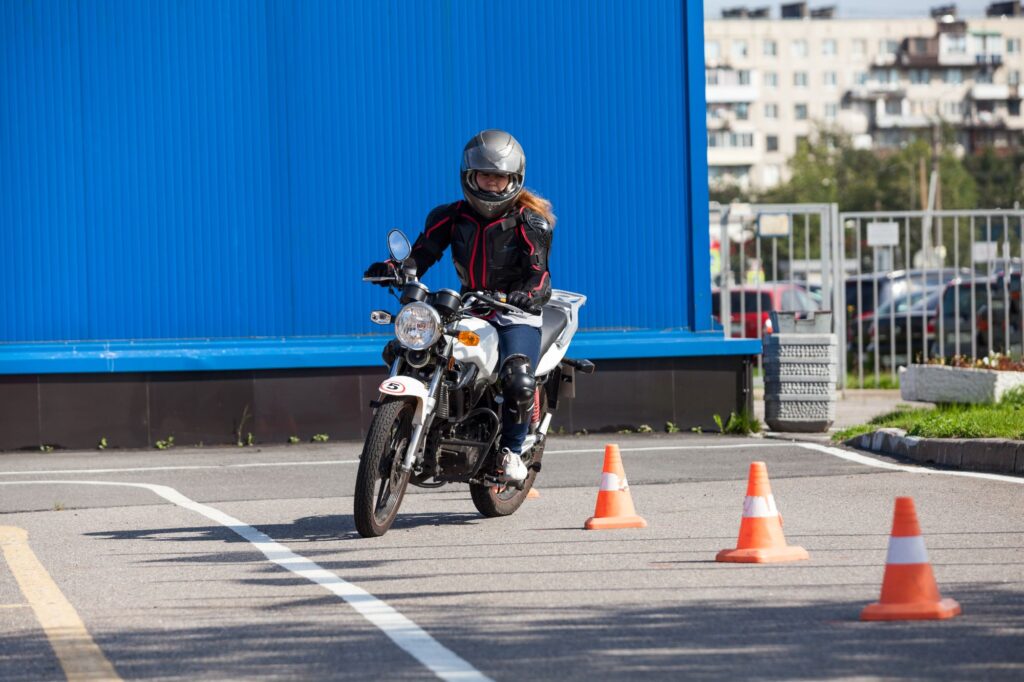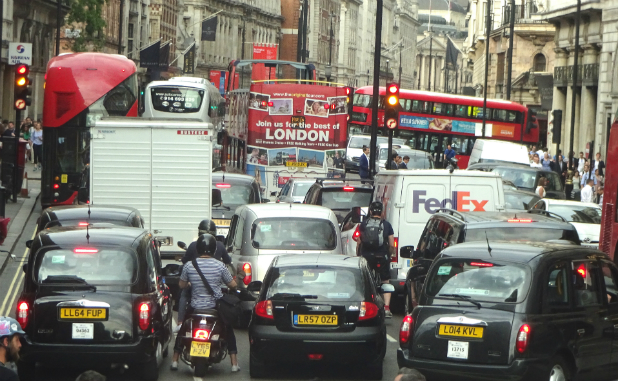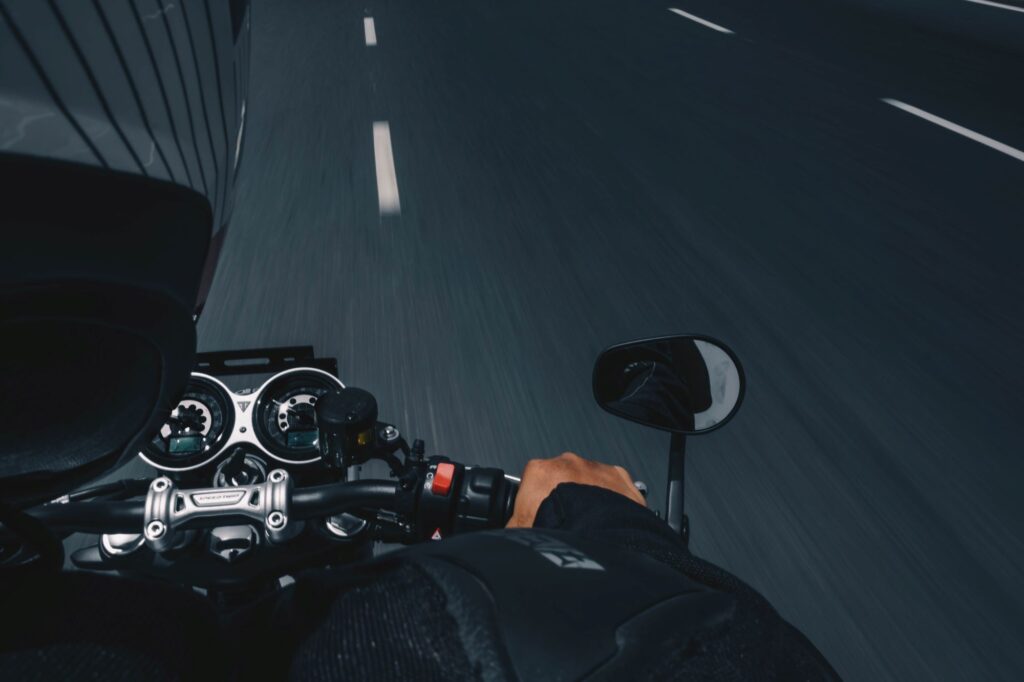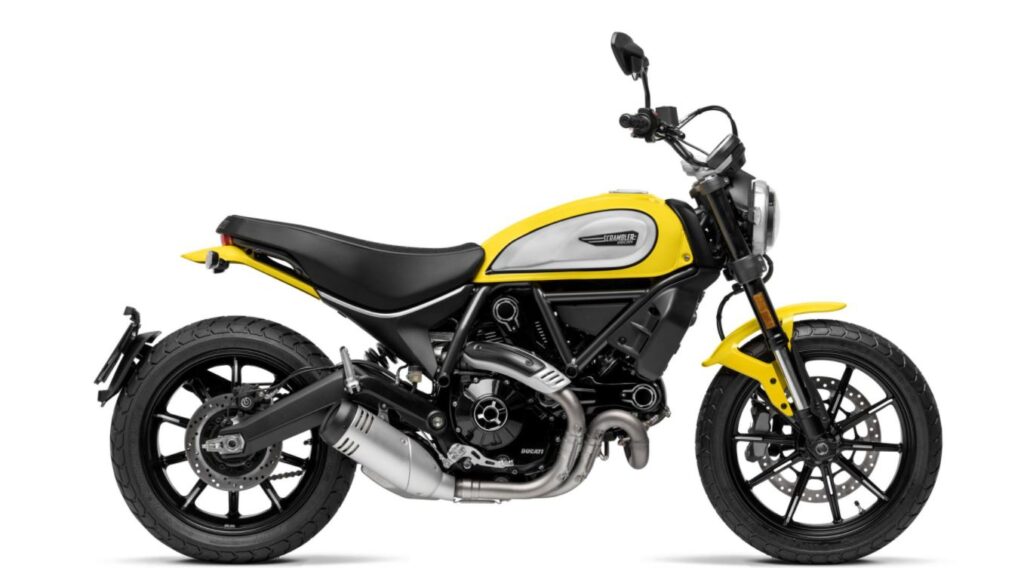Norwich, being stuck out on the eastern hump of England and with only gradually improving road connections to anywhere outside of Norfolk, has always had to make its own entertainment. For many years it was famous as the city that had a pub for every day of the year and a church for every Sunday.
The 1920s and 30s were a time of massive change, and Norwich was no exception. The technology was bringing the world closer together, with the internal combustion engine bringing fast, personal transport within reach of more and more people, while cinema and radio brought the world to viewers and listeners. New sports that took advantage of new technology were also being developed.
While people began racing motorcycles almost as soon as they were invented, it was the interplay between a style of racing developed in the deserts of Australia and California, and greyhound racing that would create a motorcycle sport that captured Britain’s imagination.
Modern greyhound racing first emerged in 1919 with the creation of the mechanical hare, and it soon became a worldwide craze. The first greyhound track opened in Britain in 1926, with 40 tracks opened by the following year.
By the time the Australian speedway pioneers Billy Galloway and Keith McKay arrived in 1928 to introduce their new sport to the mother country, there was a ready-made network of venues ideally suited for speedway. Many places had speedway and greyhound racing sharing a venue, but Norwich’s speedway stadium, The Firs, was created expressly for that purpose. The stadium did hold greyhound races during its earliest years but as Norwich had three greyhound stadiums by the mid 1930s it was able to concentrate fully on being a venue for speedway, unlike those in other towns and cities.
The first grass-track meetings were organised by the Eastern Speedways Motor Club in 1930, on a site just outside the city near Mousehold Heath. The crowd was large enough that fences had to be erected, such was the public curiosity in this new sport. Given that this was a time long before health and safety meant anything much, this is saying something.
The following year, cinders were laid over the track and the first “proper” speedway meeting took place in September 1931 at the newly named Firs Stadium. By 1932 the track had been joined by a grandstand, banking and a safety fence.
By 1936 the initial burst of public interest had tailed off to the point that only one fixture was held there during the whole year. Something had to be done. Australian rider “Mad” Max Grosskreutz, one of the early superstars of the sport, was hired as speedway manager after six years riding for the Belle Vue Aces of Manchester. He formed a new team, the Norwich Stars. “The crowd want thrills,” declared Max. “I shall see that they get them.” And indeed the crowd were well-served. By 1939 the Stars had reached Division Two of the National League, but any further progress was deferred by the war.
By 1946, Norwich was ready for speedway again. Previous team captain Dick Wise had taken over the manager’s role. The people of Norwich flocked to cheer on the team, with attendances at The Firs regularly exceeding 20,000, higher than the average attendance at Norwich City Football Club throughout the club’s successful 1990s. Norwich joined the newly-formed Northern League, and went on to win that first season.
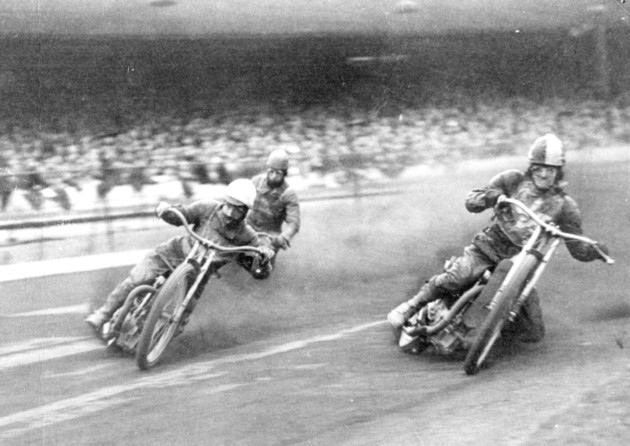
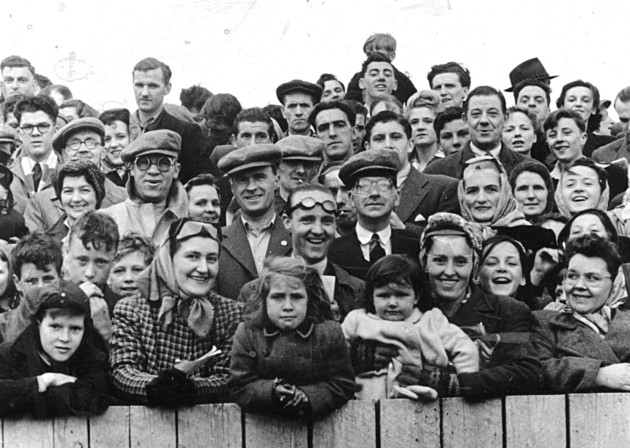
Following the re-organisation of the leagues, the Stars entered Division 2 of the National League. They won the League championship in 1950 and again in 1951. By this time The Firs had been expanded again and was capable of holding 26,000. It was one of the longest speedway tracks in the UK at 425 yards, and considered by many to be one of the best and fastest in the country. In 1952 the Stars were invited to join Division One of the National League.
The team entered their most successful phase in 1955 when a young Swedish rider, nicknamed the Flying Fox, joined their ranks. Ove Fundin has been described as one of speedway’s true legends. He was convinced to come to Norwich by Aub Lawson, another popular member of the Stars, who saw him race at The Firs in 1954 in a World Championship Round.
Fundin stayed with Norwich until 1963, and had an amazing record of success during that time. He won five out of his 15 World Final appearances, as well as coming in as runner-up three times and making third place three times.
In addition to these achievements, he helped Sweden win the World Team Cup six times. He is considered by many to be the greatest rider of all time. Indeed, to this day the trophy given to winners at the Speedway World Cup is called the Ove Fundin Trophy. A short interview with him after his win in 1960 shows him to be a softly spoken, humble man as well as showcasing his Swedish/Norfolk accent.
In 2006 he was awarded the freedom of the city of Norwich, only the second non-native to receive this honour. Over 25,000 people came to pay tribute to him, which, given that it had been over four decades since he’d raced for the city, speaks of his popularity and the popularity of speedway as a whole.
By the early 1960s, The Firs Stadium was a key part of the city’s nightlife, not just from a sporting viewpoint but musically, as the clubroom played host to jazz bands and beat groups. While it might not have been pulling in the full 26,000 capacity every night it was still one of the most popular entertainment venues in the city.
Despite this success, team and fans alike were shocked at the announcement in 1964 that the stadium was being sold to developers. The last meeting took place in October that year, and by 1966 the stadium had been completely demolished.
Despite one unlicensed race held on farmland in the countryside close to Norwich in 1976, and an aborted attempt at building a new stadium in 2012, that was the end of the Norwich Stars.
But it wasn’t the end of the Stars …
In 1965, the King’s Lynn Stars was formed. Taking their name and colours from the Norwich team, they also took some of the former team to form their nucleus. Their new home was a then down-at-heel Greyhound stadium just outside King’s Lynn on the North Norfolk coast.
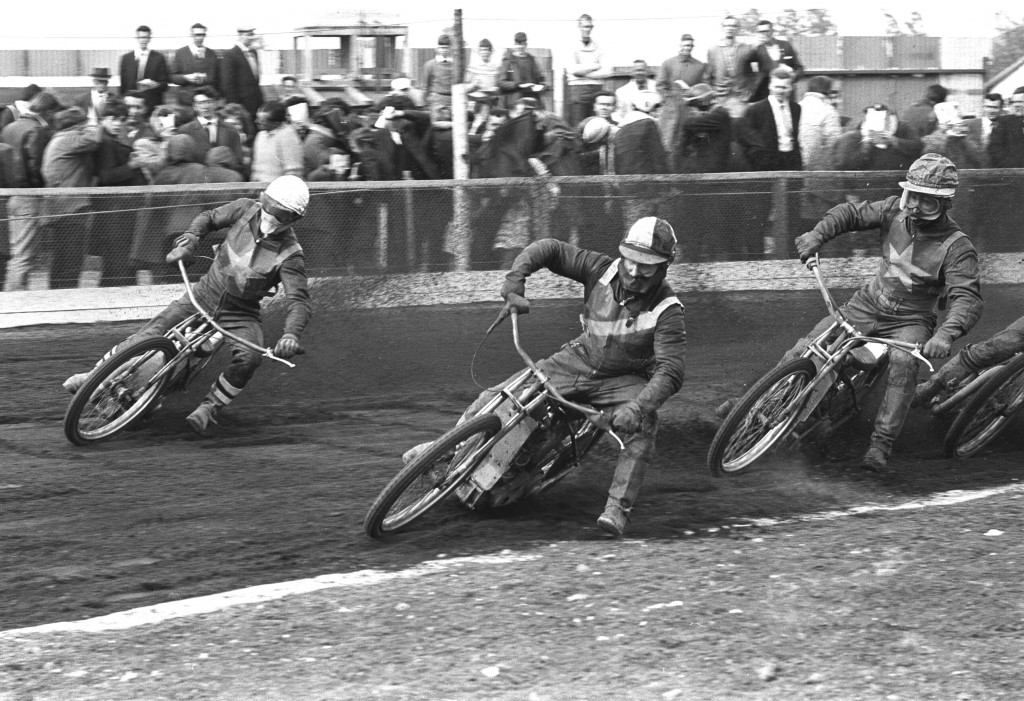
Since then, the Stars have carved themselves a highly respectable series of wins both nationally and internationally, with many of their members having been picked to represent England in world competitions. The team celebrated their 50th anniversary in 2015, and 50 years in the same stadium too. The fact that they’ve called the same stadium home for half a century is no mean feat when you consider that teams in much larger cities have struggled to keep audiences for a fraction of that time.

Named the Adrian Flux Arena after its sponsors, the stadium has a reputation as one of the most important locations on the UK and international speedway and motorsport circuits.



